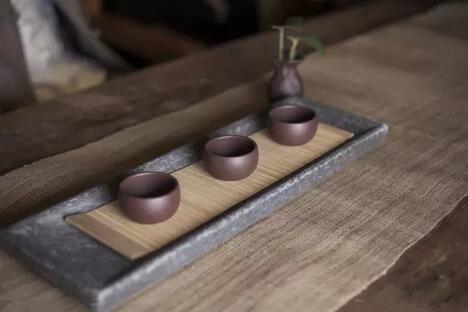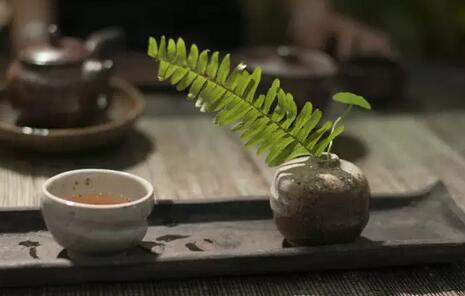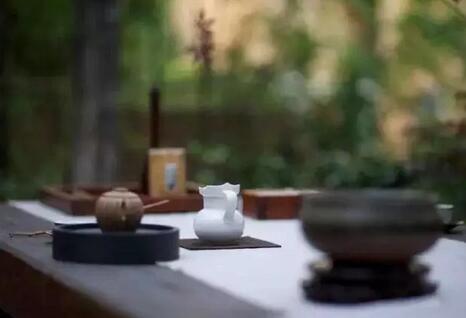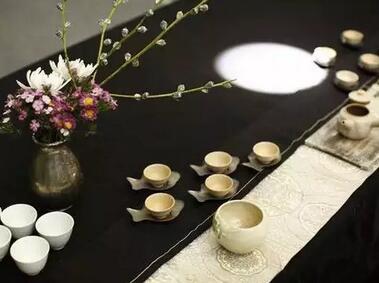There is a saying in China: "Drinking tea without washing the cup invites the king of hell to take your life." It is well known that tea cups, teapots, and other tea utensils are prone to accumulating tea stains, but many people take this lightly and neglect cleaning, often just giving them a quick rinse after use. Some even believe that more tea stains can enhance the tea's aroma, claiming that a thick layer of stains can achieve the effect of "three parts fragrance without tea." Little do they know that this habitual belief could pose serious health risks.

Tea stains are formed by the oxidation of tea polyphenols in tea leaves and metal residues in tea utensils when exposed to air. They contain harmful substances such as cadmium, lead, iron, arsenic, mercury, and nitrites, which adhere to the smooth surfaces of tea cups. When ingested, these stains combine with proteins, fats, vitamins, and other nutrients in food, forming insoluble precipitates that hinder nutrient absorption. Moreover, these oxides can cause damage to the nervous and digestive systems, leading to disorders and even premature aging.
Do not assume that a small amount of tea stains does not require cleaning. It is essential to wash tea utensils after each use, as the more stains accumulate, the harder they are to remove. Daily maintenance and regular deep cleaning are equally important.

Here are some cleaning tips:
1. Use toothpaste to scrub. Toothpaste contains both detergents and fine abrasives, making it easy to remove tea stains without damaging the cups. Rinse thoroughly afterward.
2. Soak the cup in heated vinegar or baking soda water for 24 hours, then rinse repeatedly to clean it thoroughly.
3. Soak the cup in concentrated saltwater before cleaning, or dip your fingers in salt and rub the stained areas to remove the tea residue.
4. Use soft-bristled brushes, toothbrushes, or gentle cleaning cloths. Avoid rough tools like steel wool, as they can damage the glaze on the inner walls of tea utensils, making it harder to remove future stains.

These methods are suitable for porcelain and glassware. For valuable tea sets, professional cleaning is recommended.
Baking soda water is the most effective for removing tea stains, followed by toothpaste and vinegar, while saltwater is the least effective. Using a toothbrush alone can also remove stains, but the process is slower. Tea stains are alkaline substances, and baking soda, being sodium bicarbonate with an alkaline solution, causes hydrolysis when it comes into contact with tea stains, breaking them down into small, water-soluble molecules. Salt primarily acts as an abrasive cleaner.

Tea stains often form after the residual tea dries. To prevent buildup, the most important practice is immediate cleaning. Rinsing tea utensils with hot water right after use is the easiest way to maintain hygiene.